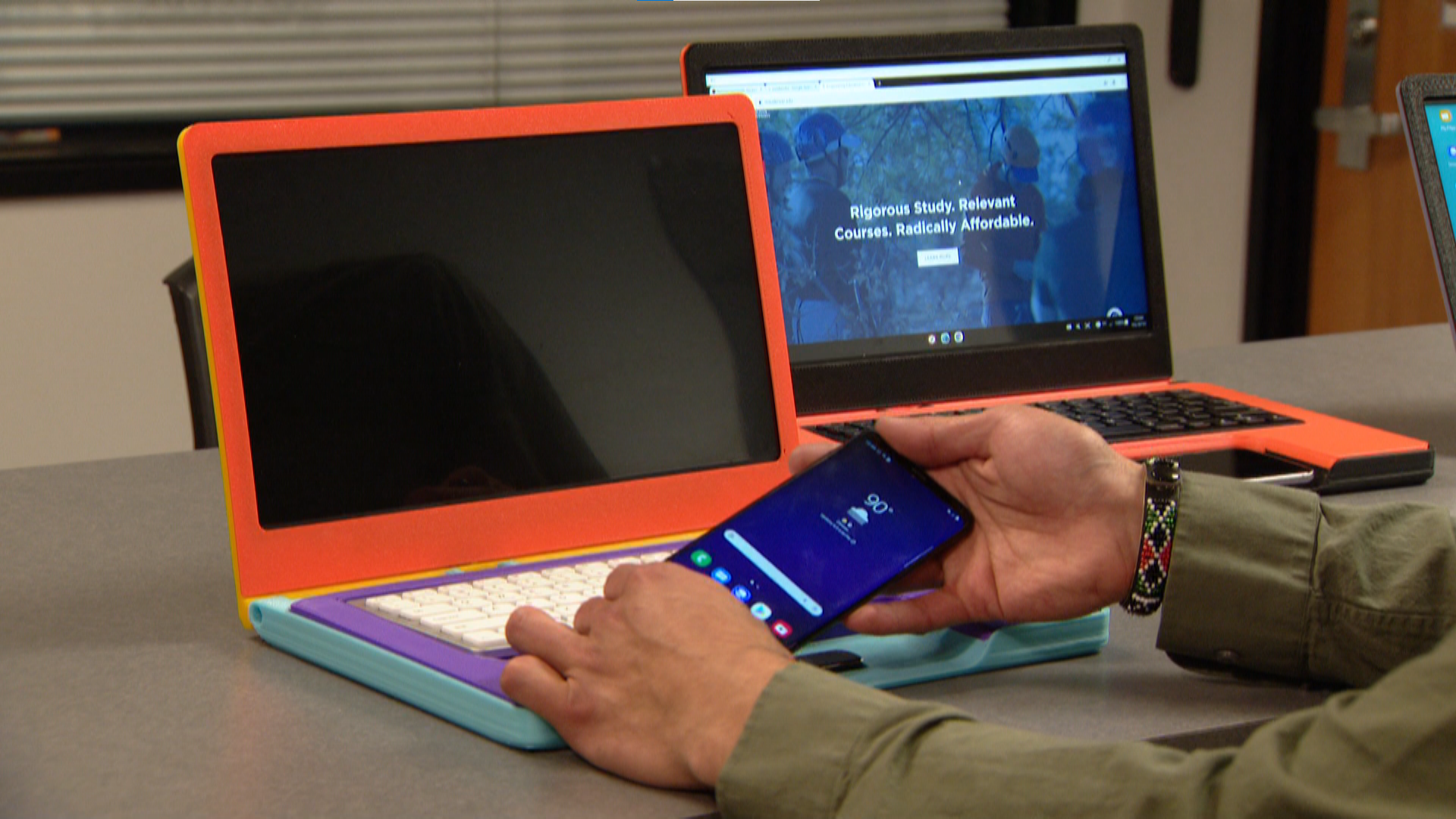DENVER — An MSU Denver graduate recently designed a 3D printed prototype that converts your smartphone into a laptop.
Dominique Hunt graduated in May with a degree in industrial design. He said he came up with the idea called PhoneBook, a smartphone dock that converts it into a laptop interface, when he was working for the school’s IT department 2 years ago when the pandemic forced students into remote learning. In those first months, he said many students called the department in search of computers.
"The influx of students calling in and saying that they don’t have resources that need to get online at that time really was just the spark," he said. "Just hearing all of those stories, I knew that the issue of going remote left people behind.”

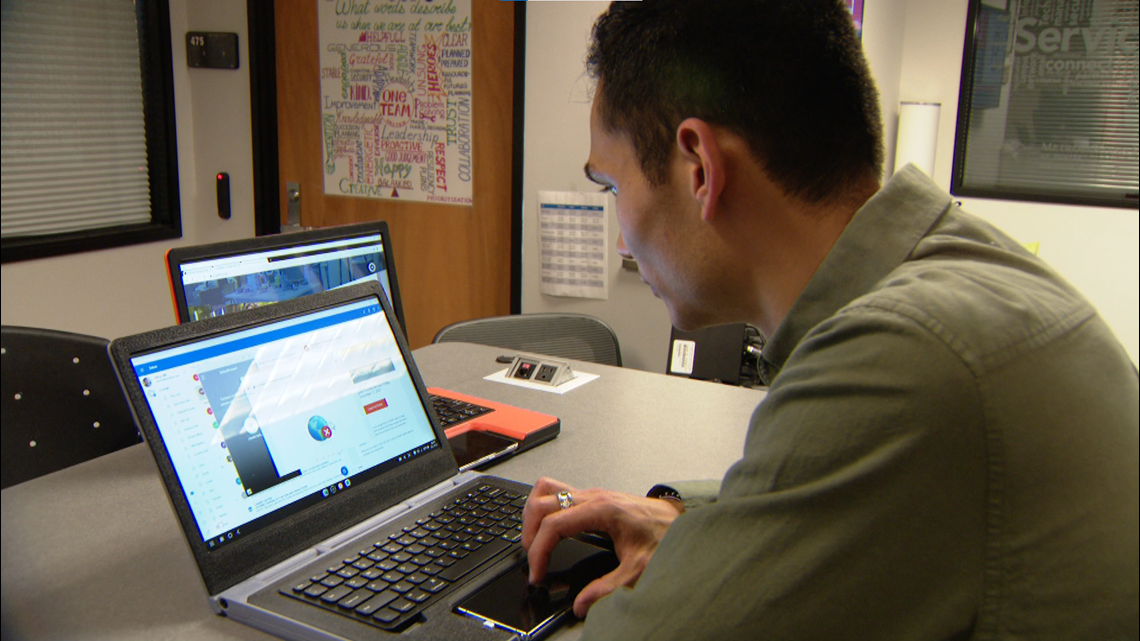
It’s a story Hunt is familiar with growing up in Kenya after his parents moved there when he was 6 years old. He said that’s where his passion for industrial design started when he was in high school.
"My high school teacher, she taught about industrial design in my art class," Hunt said. "My love for design really started coming in when I realized how we can create better sustainable solutions through design."


RELATED: 'That was a highlight of my life': Retired MSU Denver professor remembers 1965 march with Dr. MLK
He said in his home town in Kenya, sustainability and protecting the environment is embedded in their everyday practices.
Hunt said his prototype weighs less than a pound because it contains a removable keyboard houses a rechargeable battery pack. He said his idea can be an affordable way help bridge the gap in the digital divide worldwide because it has so few components, each PhoneBook can be less than $100.

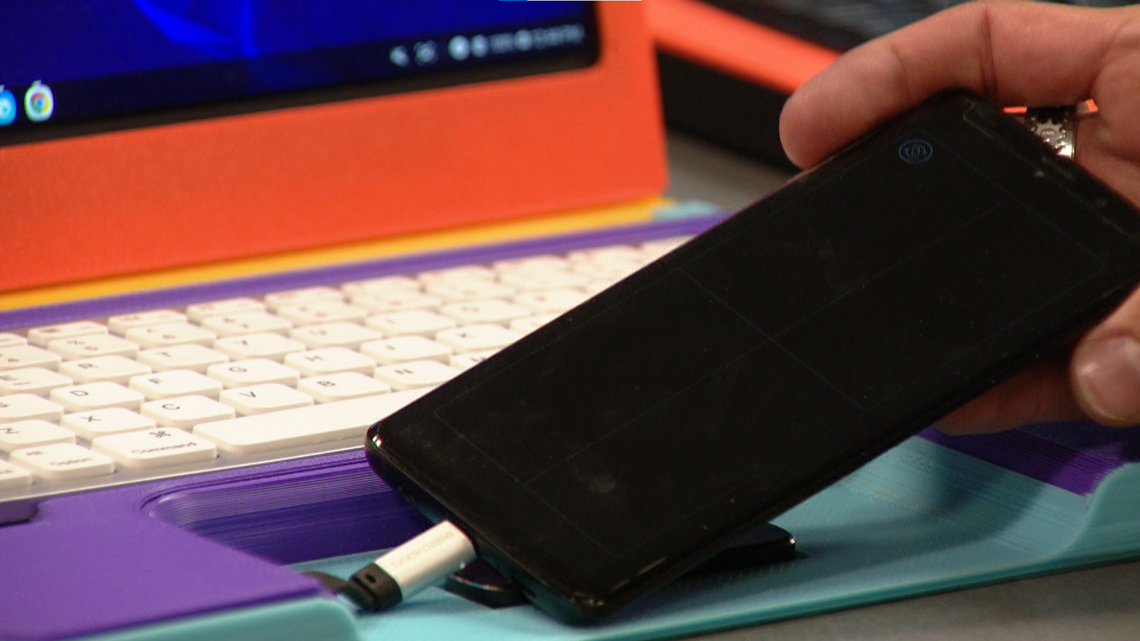
"Those who don’t have access to technology are kind of at a disadvantage not being able to experience or learn," Hunt said. "Kenya is extremely connected with the internet (and) over the past decade, they’ve reached over 90% connectivity per person."
"You knew right away it had merit that went well beyond the classroom," said MSU Denver associate professor Amy Kern, Ph.D. "Even small villages now have access to 3d printing so if they have the file, they can print it anywhere internationally."
Hunt developed the concept in an Advanced Industrial Design course taught by Kern. She said the class is structured for students to develop projects that can apply to real-life.
"We were able to uses his talent and sensitivity and really transform it in a very usable product in a way that can affect more people’s lives," Kern said.

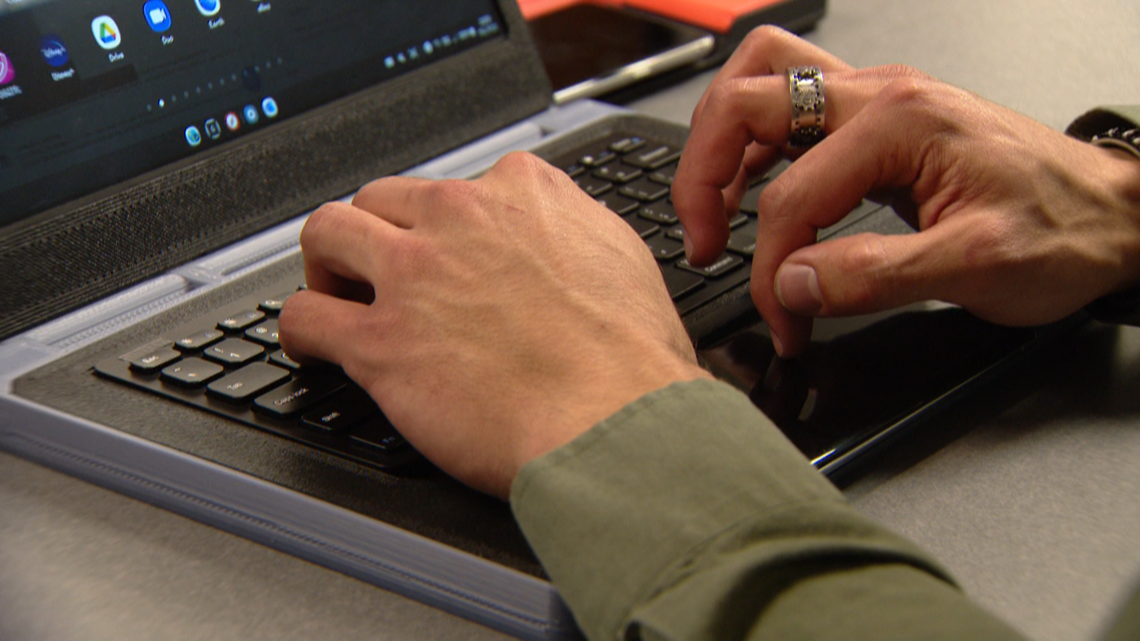
This month, Hunt’s prototype took second place in the Stanford Center on Longevity Design Challenge, a global competition that encourages students to design products and services to improve the lives of people across all ages. Out of 222 entries from 37 countries, Hunt was the top U.S finisher.

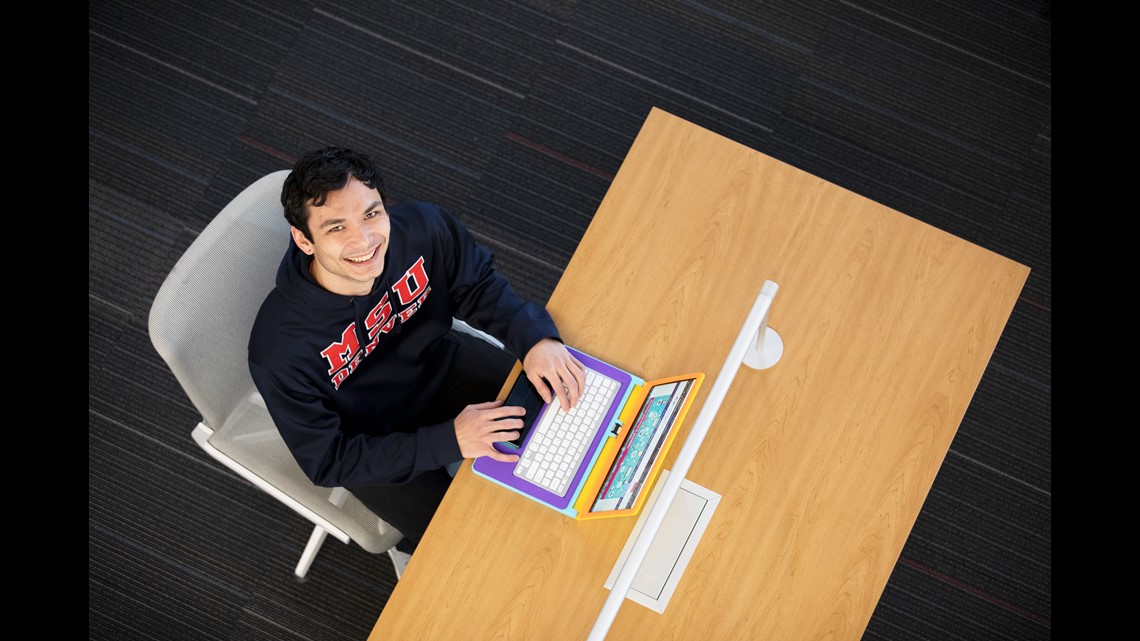
"Technology being so intertwined especially during the pandemic when we rely on it more than any other times, it really made it important," Hunt said. "Just being at home didn’t mean I couldn’t do anything because I didn’t want to live that way."
For more information, go to the Stanford Center on Longevity Design Challenge website.
SUGGESTED VIDEOS: Latest from 9NEWS

